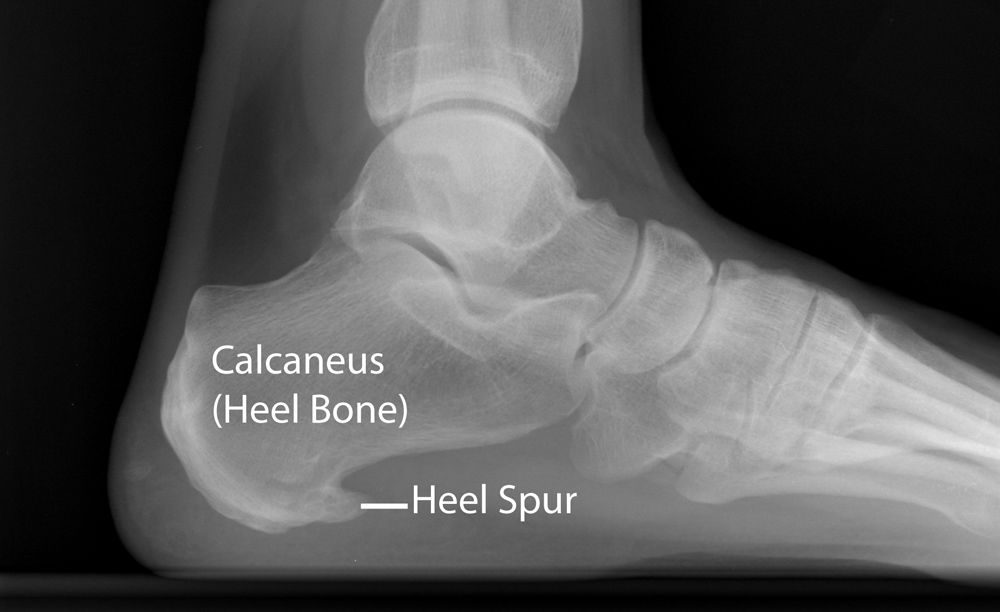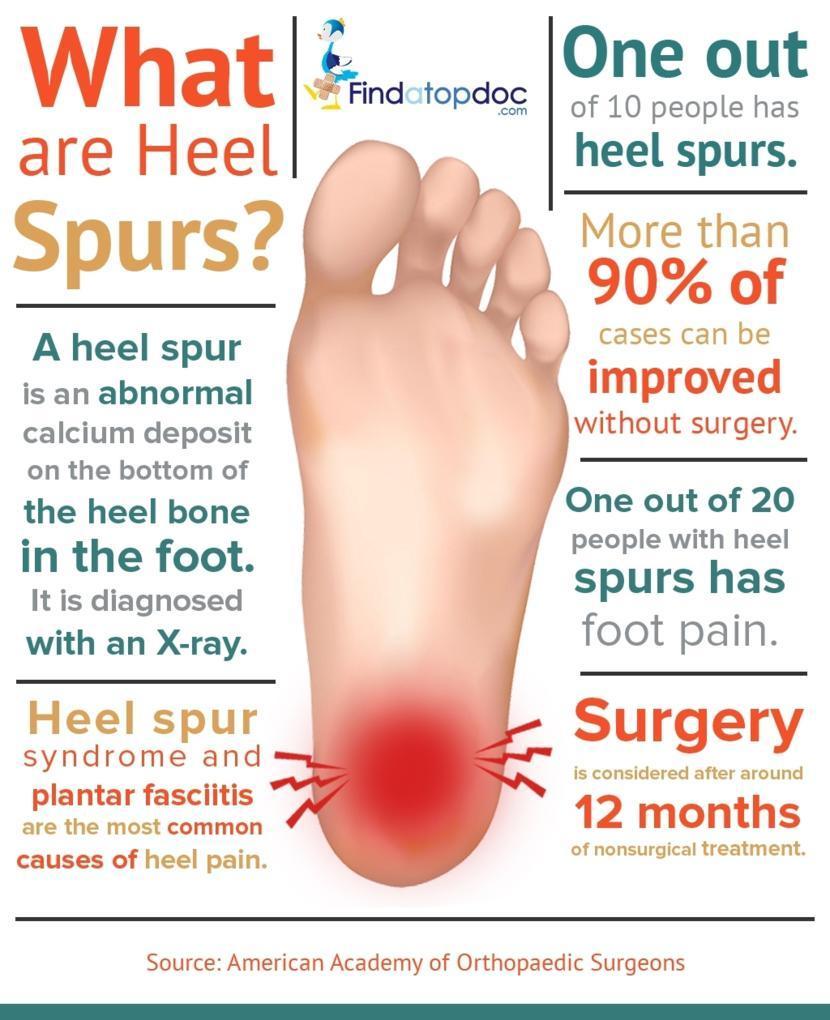Comprehensive Guide to Heel Spur Management at Austin Foot & Ankle Center
Heel spurs, those pesky bony growths on the underside of the heel bone, can be more than just a nuisance—they can significantly impact your daily life and mobility. At Austin Foot & Ankle Center, we’re dedicated to helping our patients understand, treat, and prevent heel spurs, ensuring a return to comfort and activity without the need for surgical intervention.
What are Heel Spurs?
Heel spurs represent a common foot condition that arises from the accumulation of calcium deposits on the underside of the heel bone. This phenomenon leads to the formation of a bony protrusion, which can extend up to half an inch from the heel. While heel spurs themselves may not always be symptomatic, their presence can be indicative of underlying issues and contribute to discomfort and pain in the foot, particularly when associated with plantar fasciitis, a condition characterized by the inflammation of the plantar fascia ligament.

Origins and Risk Factors
The development of heel spurs is typically gradual, resulting from chronic muscle and ligament strain, repeated tearing of the membrane that covers the heel bone, and continuous stretching of the plantar fascia. Several factors increase the likelihood of experiencing heel spurs:
- Excessive Foot Strain: Athletes or individuals whose activities involve substantial walking or running on hard surfaces are particularly prone to developing heel spurs due to increased stress on the heel bone and surrounding tissues.
- Age-Related Changes: As people age, the flexibility of the plantar fascia decreases, and the fat pad on the heel thins out, reducing the foot’s natural shock absorption and increasing the risk of spur formation.
- Abnormal Walking Gait: An irregular walking pattern can place undue stress on the heel bone, ligaments, and nerves near the heel, leading to the development of heel spurs.
- Improper Footwear: Shoes that do not fit well or provide inadequate support can contribute to the problem by not properly cushioning the heel or supporting the arch of the foot.
- Obesity: Excess weight can significantly increase the pressure on the heel, contributing to the formation of heel spurs.
- Pre-existing Foot Conditions: People with flat feet or high arches are at a higher risk due to the uneven distribution of weight across the foot which can lead to abnormal stress on the heel.
Symptomatology
While heel spurs themselves may not always cause pain, they can be associated with intermittent or chronic discomfort, depending on the severity of the underlying inflammation or injury to the foot. Symptoms often include:
- Sharp Pain: Frequently described as a knife or pin sticking into the bottom of the feet when standing up in the morning or after sitting for a while.
- Aching or Burning Sensation: Experienced in the foot throughout the day.
- Inflammation and Swelling: At the front of the heel due to the body’s response to the bony intrusion.
Key Factors Leading to Heel Spurs
Understanding the root causes of heel spurs is essential for both prevention and effective treatment. At Austin Foot & Ankle Center, we believe in empowering our patients with knowledge about the key factors that contribute to the development of heel spurs. These bony growths on the underside of the heel bone can result from a combination of lifestyle choices, physical activities, and anatomical factors. By identifying and addressing these underlying causes, individuals can take proactive steps toward maintaining optimal foot health and avoiding the discomfort associated with heel spurs.
- Repetitive Stress and Activity: Regular strain from walking, running, or jumping can stimulate spur development.
- Inadequate Footwear: Shoes lacking proper support and cushioning can exacerbate the risk.
- Biomechanical Issues: High arches or flat feet can unevenly distribute pressure, contributing to spur formation.
- Excess Weight: Additional body weight increases the stress on your heels.
- Inflammatory Conditions: Disorders like arthritis can predispose you to spur development.
Identifying Heel Spur Symptoms
Heel spurs, though often silent, can manifest through a range of symptoms that signal their presence beneath the surface of the heel bone. Recognizing these symptoms early is crucial for effective management and relief. As part of our commitment to your foot health, Austin Foot & Ankle Center emphasizes the importance of understanding and identifying the key indicators of heel spurs. This knowledge not only aids in early detection but also in seeking timely, specialized care to prevent the progression of discomfort and potential mobility issues.
- Intermittent Sharp Pain: Especially pronounced when standing up or after periods of rest.
- Tenderness and Sensitivity: In the heel area, making prolonged standing or walking uncomfortable.
- Reduced Mobility: Difficulty in performing movements that put pressure on the heel.
- Morning Stiffness: A common sign, making the first steps of the day particularly painful.

Advanced Treatment Options
At Austin Foot & Ankle Center, we are dedicated to providing our patients with the most advanced and effective treatment options for a variety of foot conditions, including heel spurs, chronic ankle instability, and more. Recognizing that each patient’s needs are unique, our approach is tailored to offer personalized care that addresses the root cause of discomfort and promotes long-term well-being. From innovative laser therapy to custom orthotic solutions and surgical interventions, we are equipped with the latest in medical technology and expertise. Our goal is to ensure that every patient achieves optimal foot health through treatments that are not only cutting-edge but also minimally invasive and designed for rapid recovery. Our approach to heel spur management may include:
- Customized Physical Therapy: To enhance foot mechanics and alleviate discomfort.
- Orthotic Support: Inserts and devices designed to redistribute pressure and support the foot structure.
- Strategic Lifestyle Changes: Including recommendations for supportive footwear to reduce symptoms.
- Medication: Non-steroidal anti-inflammatory drugs (NSAIDs) to manage pain and inflammation.
- Corticosteroid Injections: For targeted relief in more severe cases.
- Exercise and Stretching Regimens: To improve flexibility and strength in the foot and ankle.
- Surgical Consideration: Reserved for cases where conservative measures are insufficient, focusing on addressing the underlying causes of the spur.
Preventing Heel Spurs
- Exercise Regularly: Focus on activities that enhance foot strength and flexibility.
- Choose the Right Footwear: Prioritize shoes that provide sufficient arch support and cushioning.
- Monitor Foot Health: Regular check-ups can preempt the development of symptomatic heel spurs.
- Warm-Up Adequately: Before engaging in physical activities, protect your feet and heels.
- Adapt Your Environment: Use supportive surfaces when standing for extended periods.
FAQs on Heel Spurs
Can a Heel Spur Heal on Its Own?
Heel spurs are bony growths that develop over a long period due to continuous strain on the foot muscles and ligaments, as well as prolonged stretching of the plantar fascia. While the bony protrusion itself may not resolve without intervention, the pain associated with a heel spur can often be managed and potentially alleviated through conservative treatment methods. This means that while the spur may remain, the discomfort can be significantly reduced, allowing individuals to engage in daily activities with minimal to no pain.
What Happens if a Heel Spur Goes Untreated?
Ignoring a heel spur and its associated symptoms can lead to chronic pain and discomfort, potentially affecting your mobility and quality of life. Without treatment, the inflammation and strain on the foot that contribute to the development of a heel spur can worsen, leading to more severe conditions such as plantar fasciitis. This can make walking, standing, and engaging in physical activities increasingly difficult.
Is Walking OK for Heel Spur?
Walking with a heel spur is possible, but it’s important to do so with caution and proper support. Wearing well-cushioned shoes with arch support can help minimize discomfort. Additionally, using custom orthotic devices recommended by a foot and ankle specialist can distribute pressure more evenly across the foot, reducing strain on the heel spur. It’s crucial to listen to your body and avoid overexerting yourself, as excessive walking without proper support can aggravate the condition.
How Do You Tell if It’s a Heel Spur or Plantar Fasciitis?
Heel spurs and plantar fasciitis are closely related, and it’s common for individuals with one condition to develop the other. The primary difference lies in the location and nature of the pain:
- Heel Spurs: Pain is typically localized to the area where the spur has formed on the heel bone and may feel like a sharp poke at the bottom of the foot.
- Plantar Fasciitis: Pain is usually more intense in the morning or after periods of rest and affects the bottom of the foot along the arch and the heel. It’s often described as a deep, aching pain. A foot and ankle specialist can accurately diagnose the condition through a physical examination and imaging studies.
What Aggravates a Heel Spur?
Several factors can exacerbate the discomfort associated with a heel spur:
- Improper Footwear: Shoes that lack adequate cushioning and arch support can increase pressure on the heel.
- Excessive Weight Bearing: Standing or walking for prolonged periods, especially on hard surfaces, can worsen pain.
- Weight Gain: Additional body weight can put extra strain on the feet, intensifying the pressure on the heel spur.
- Repetitive Activities: Activities that involve repetitive impact on the foot, such as running or jumping, can aggravate the condition.
Take Action Today
If you’re dealing with heel pain or suspect you might have heel spurs, don’t wait for the condition to worsen. Contact Austin Foot & Ankle Center to schedule a consultation. Our team is equipped with the expertise and resources to diagnose your condition accurately and provide tailored treatment plans. Let us help you kick heel pain to the curb and step back into your life with confidence. Reach out today and take the first step towards pain-free mobility.


